COMPLETED PROJECT - CP/M FOR ALL!
Run classic software like Wordstar or Dbase, play Zork or code in Microsoft BASIC, or run new software like MESCC C compiler or the TE editor.
A Z80 CP/M Compatible microcomputer that costs little and anyone can make!
Inspired by projects like the Altair clone kits and the RC2014 computer, I wanted to create an option for those who want a new CP/M computer for a minimal cost that was easy to build.
This build uses an Arduino Due and an SPI MicroSD card adaptor, I found both on eBay and together they cost less than £17. The magic comes from Marcelo Dantas' brilliant RunCPM. This allows Z80 compatible CP/M 2.2 programs to run from a native FAT filesystem on the MicroSD card. This dispenses with the need to use disk images, files can be copied directly to the card. Different drives are stored on the card in different directories, user spaces are stored as subdirectories.
I am honoured that Marcelo joined this project as a team member, I recommend that anyone with an interest in CP/M, downloads RunCPM and compile it for their PC (Windows, Linux) or Mac, as well as the Arduino Due, of course!
RunCPM Hackaday Project Page:
https://hackaday.io/project/18291-runcpm
RunCPM GitHub:
https://github.com/MockbaTheBorg/RunCPM/
 Martian
Martian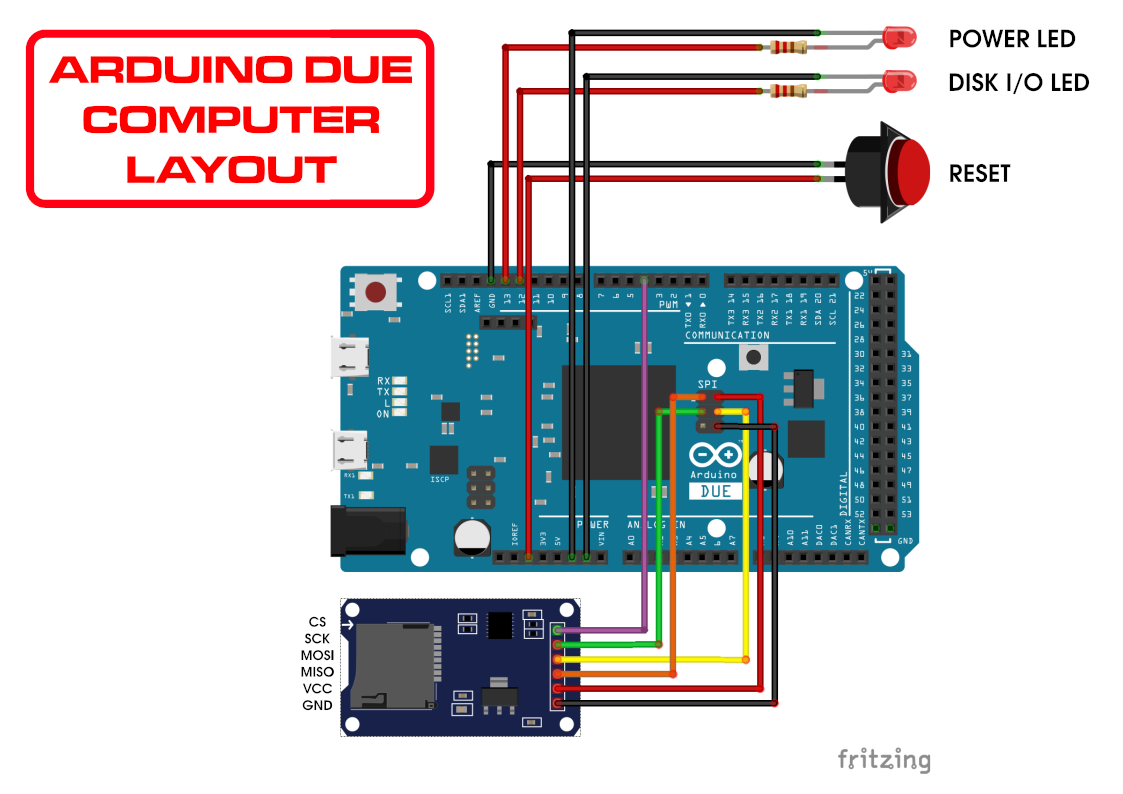
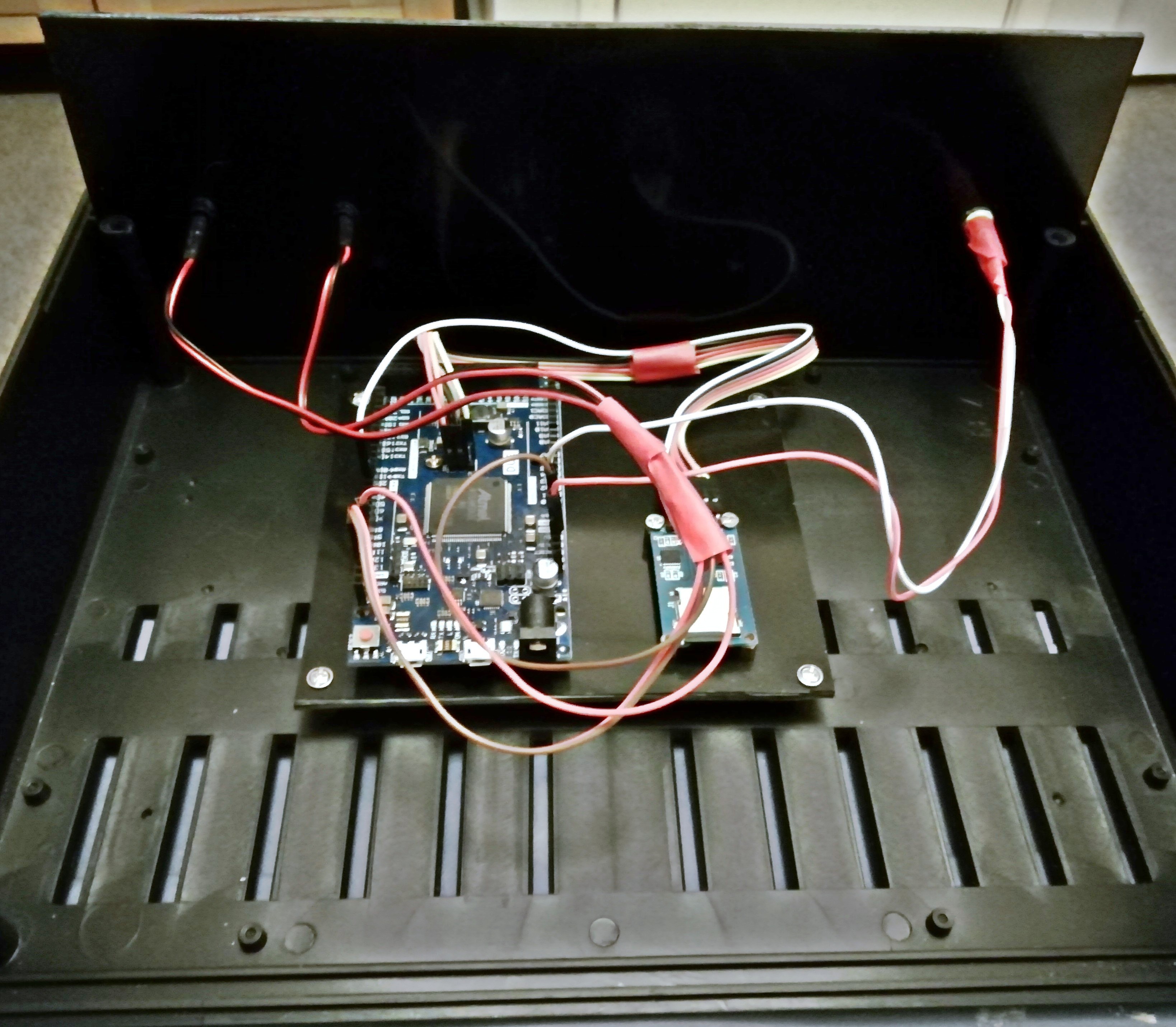
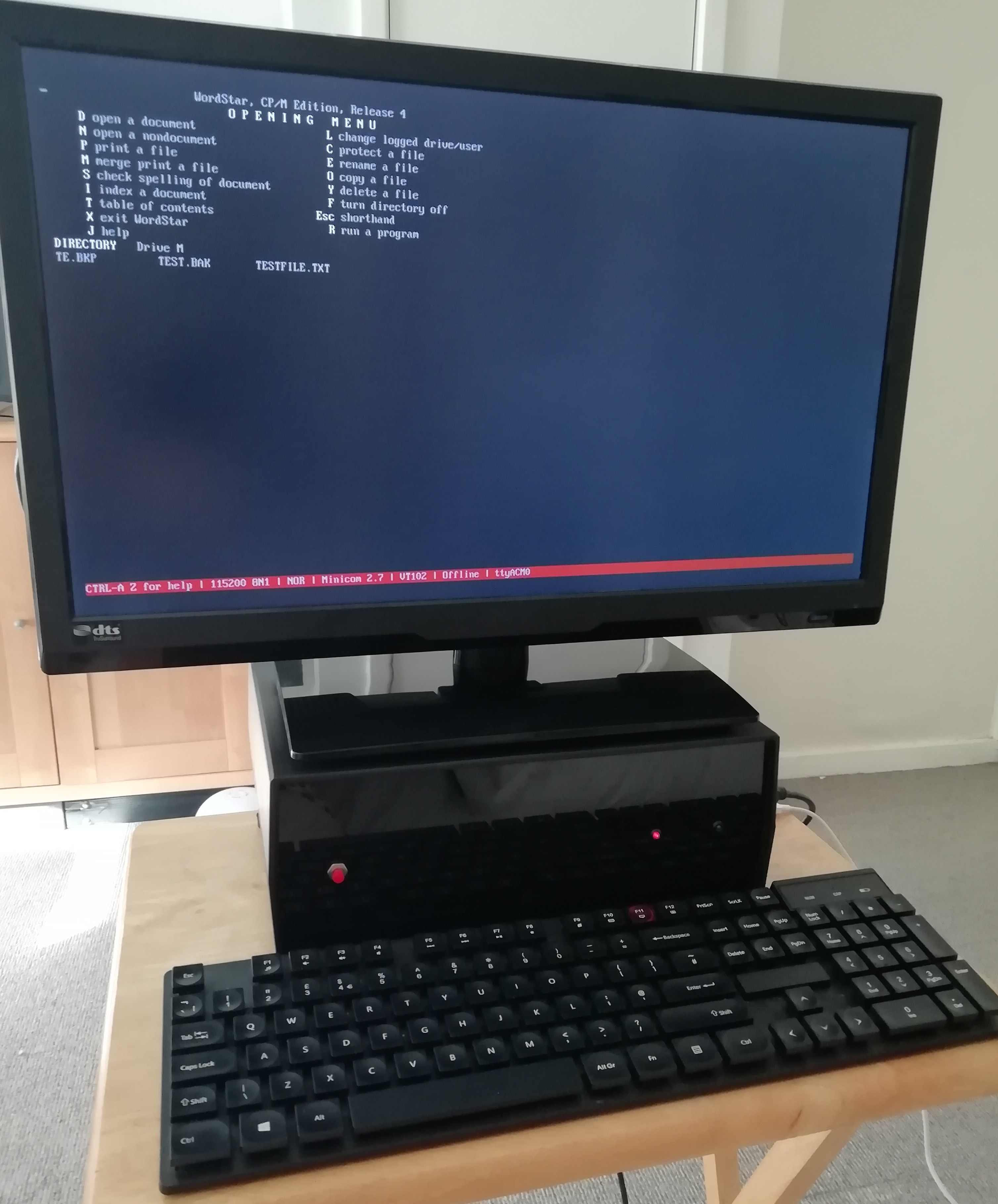
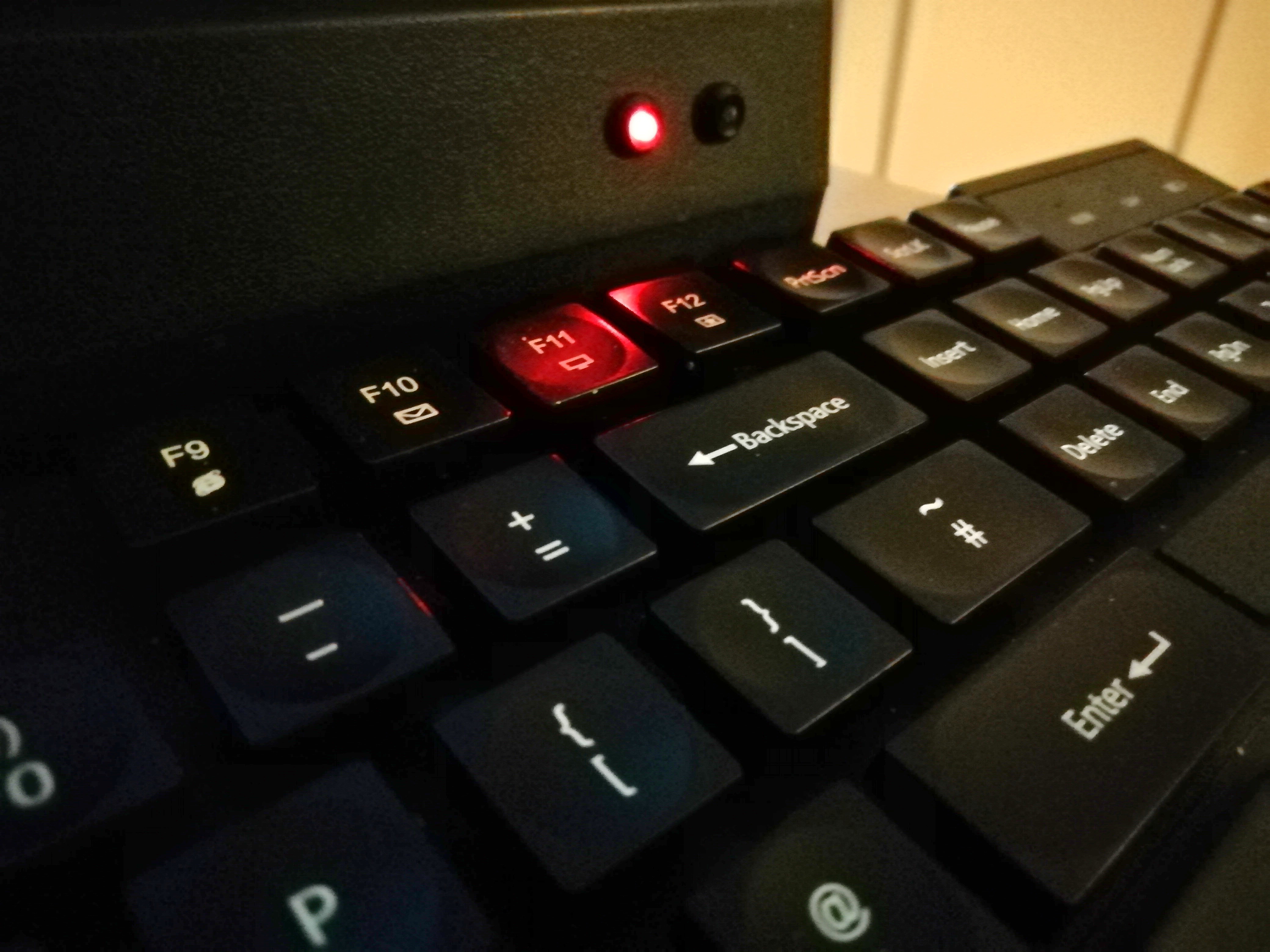
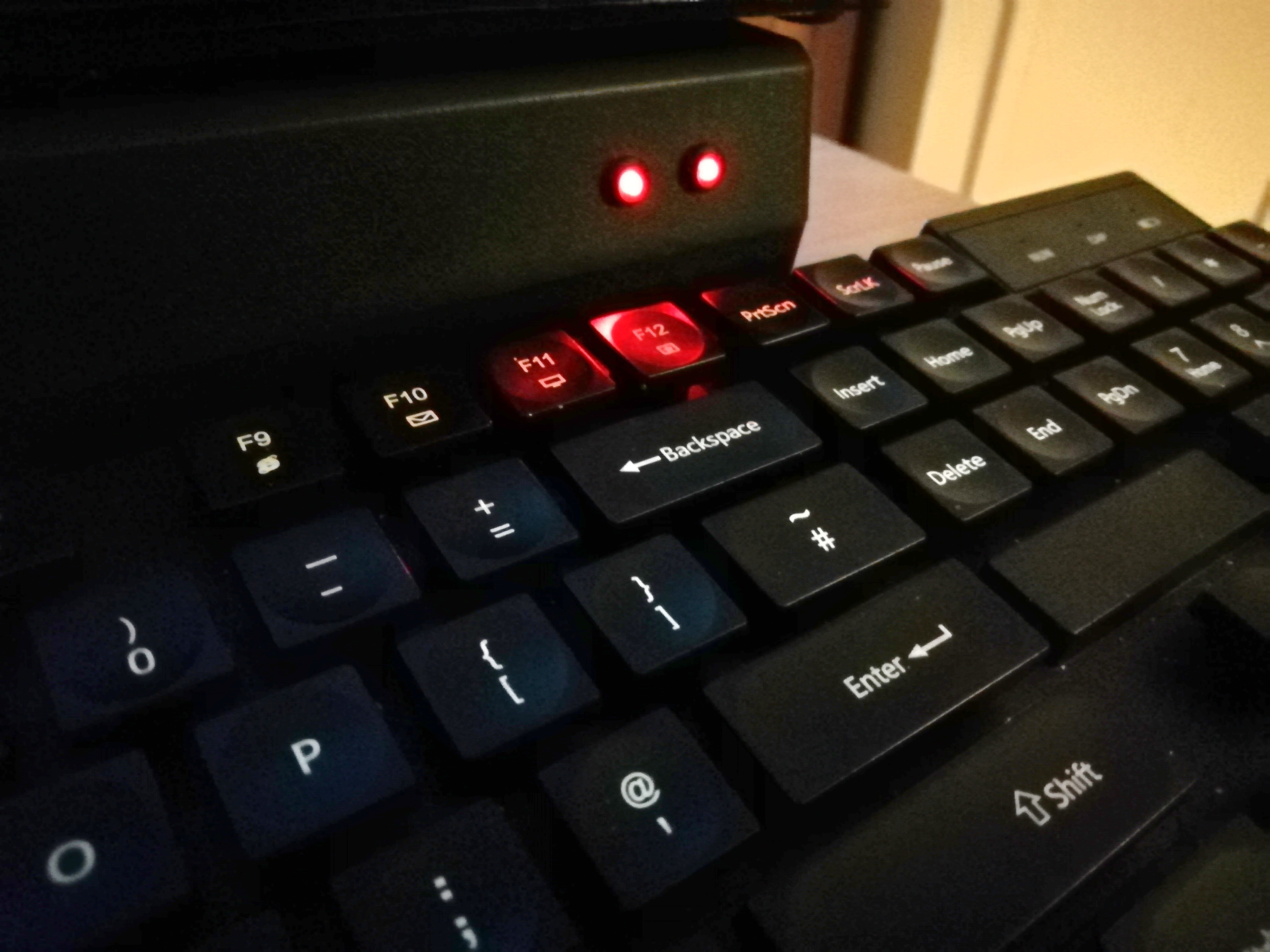
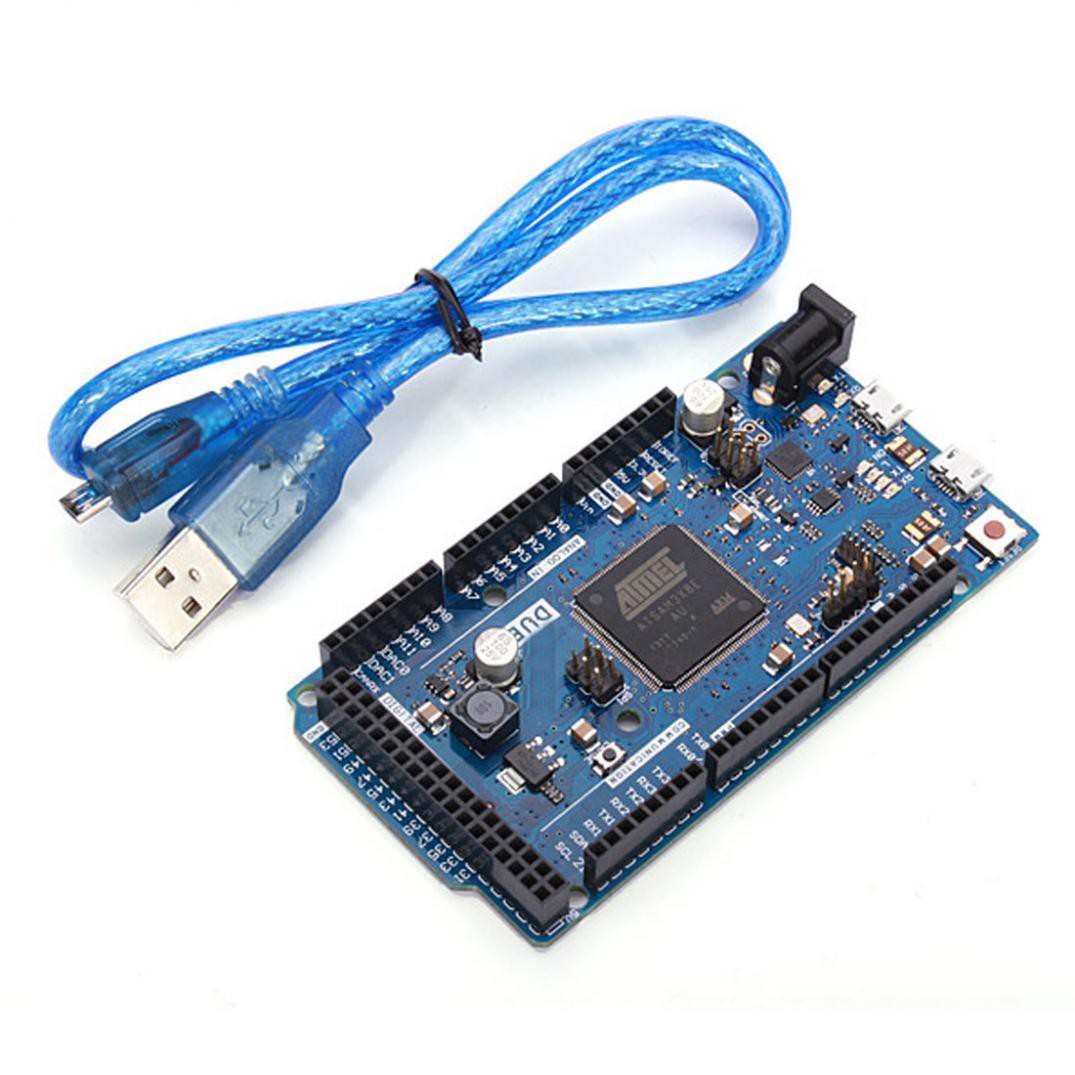
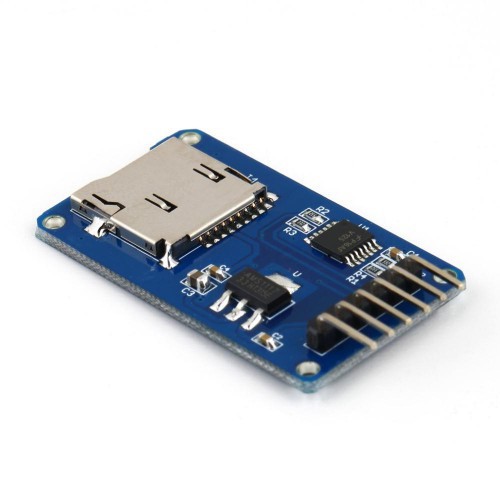

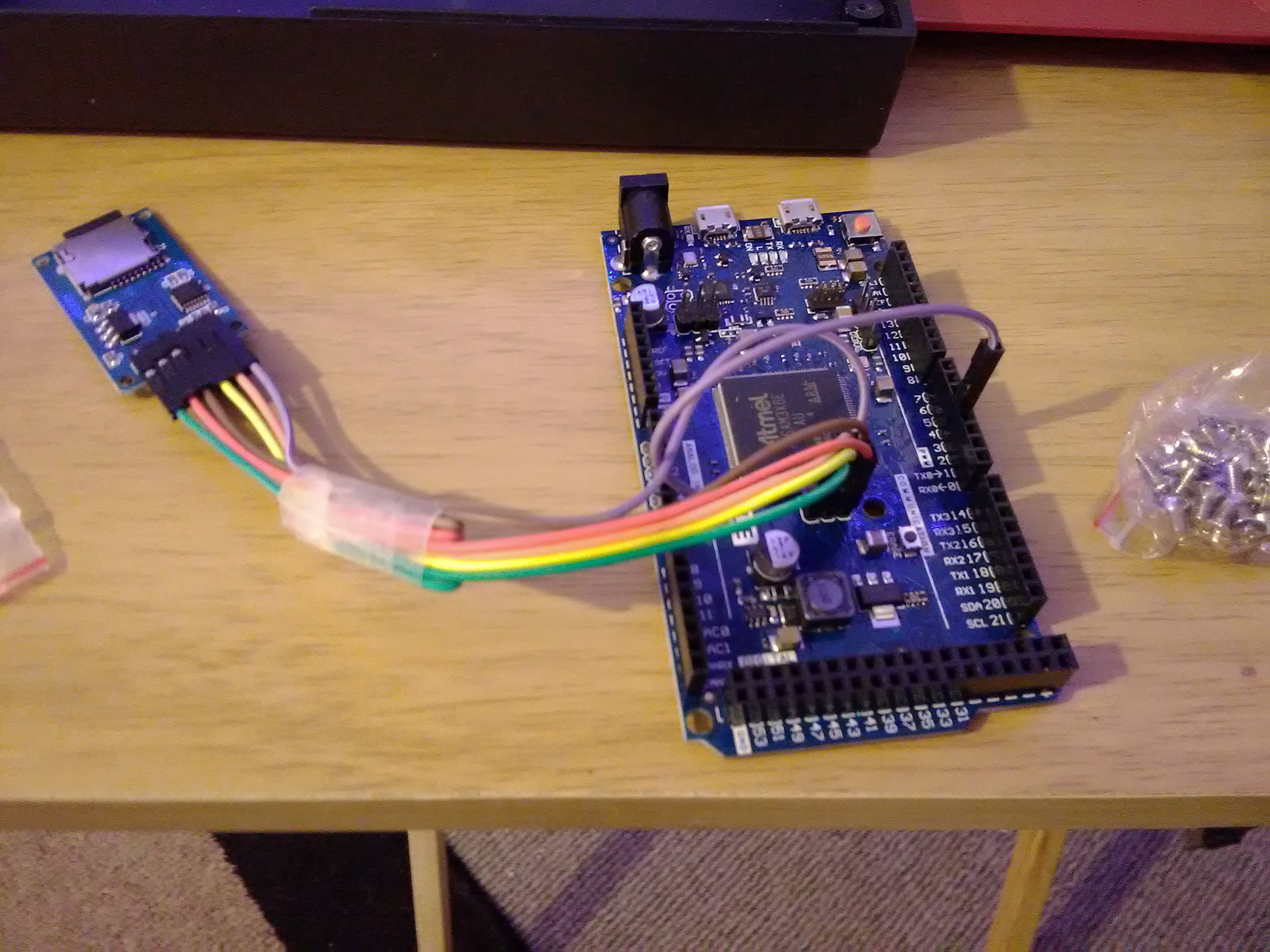
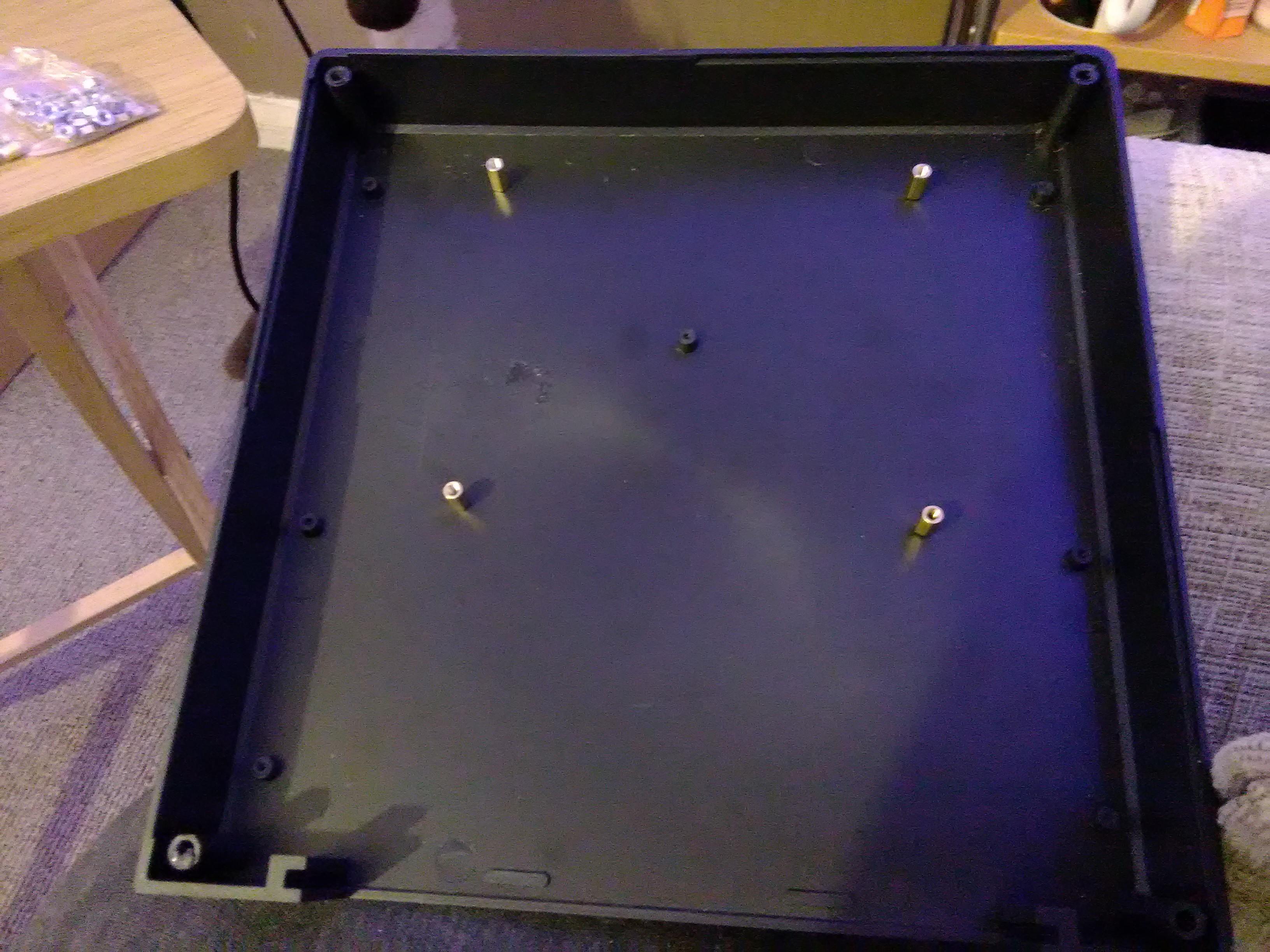
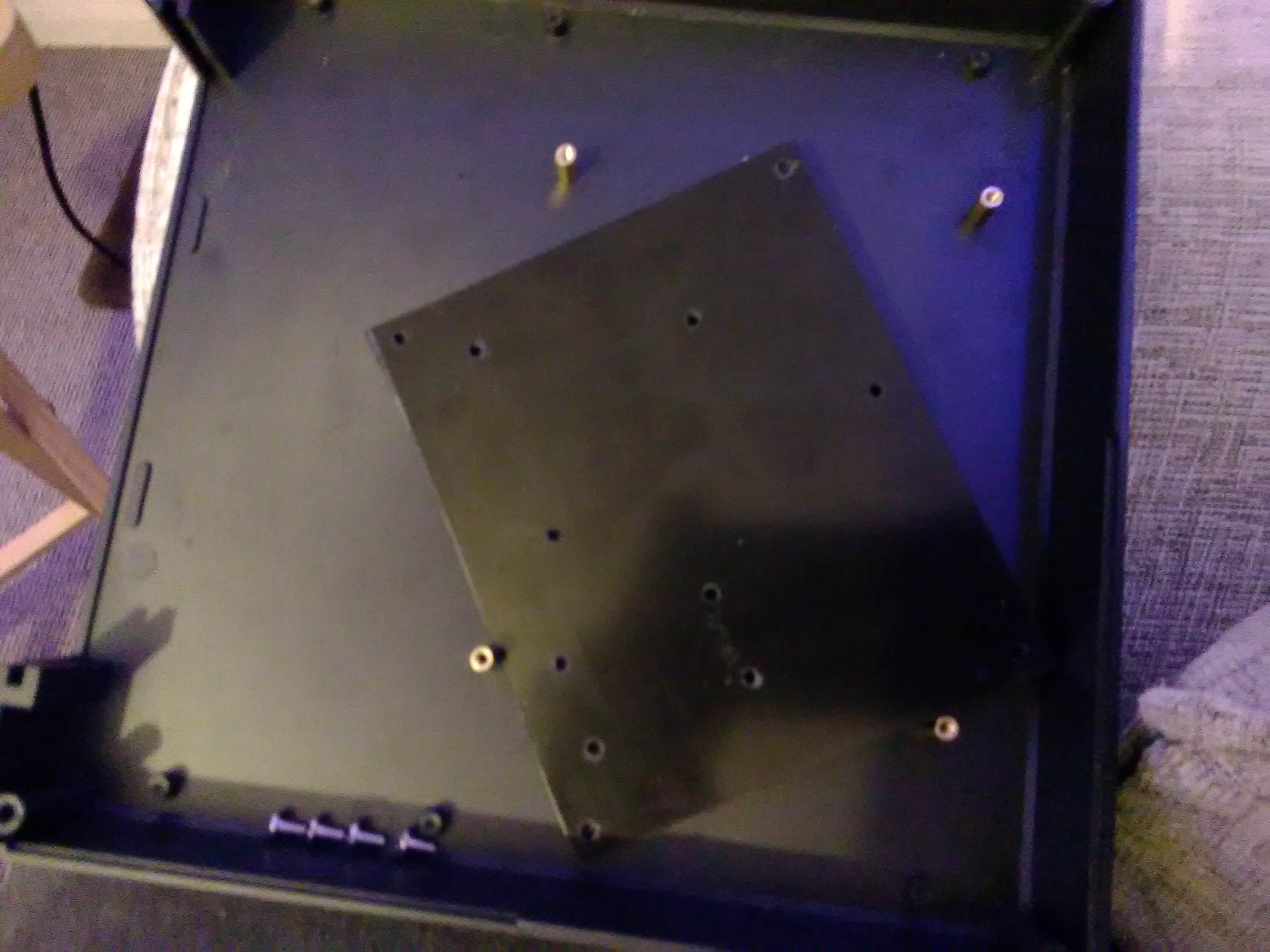
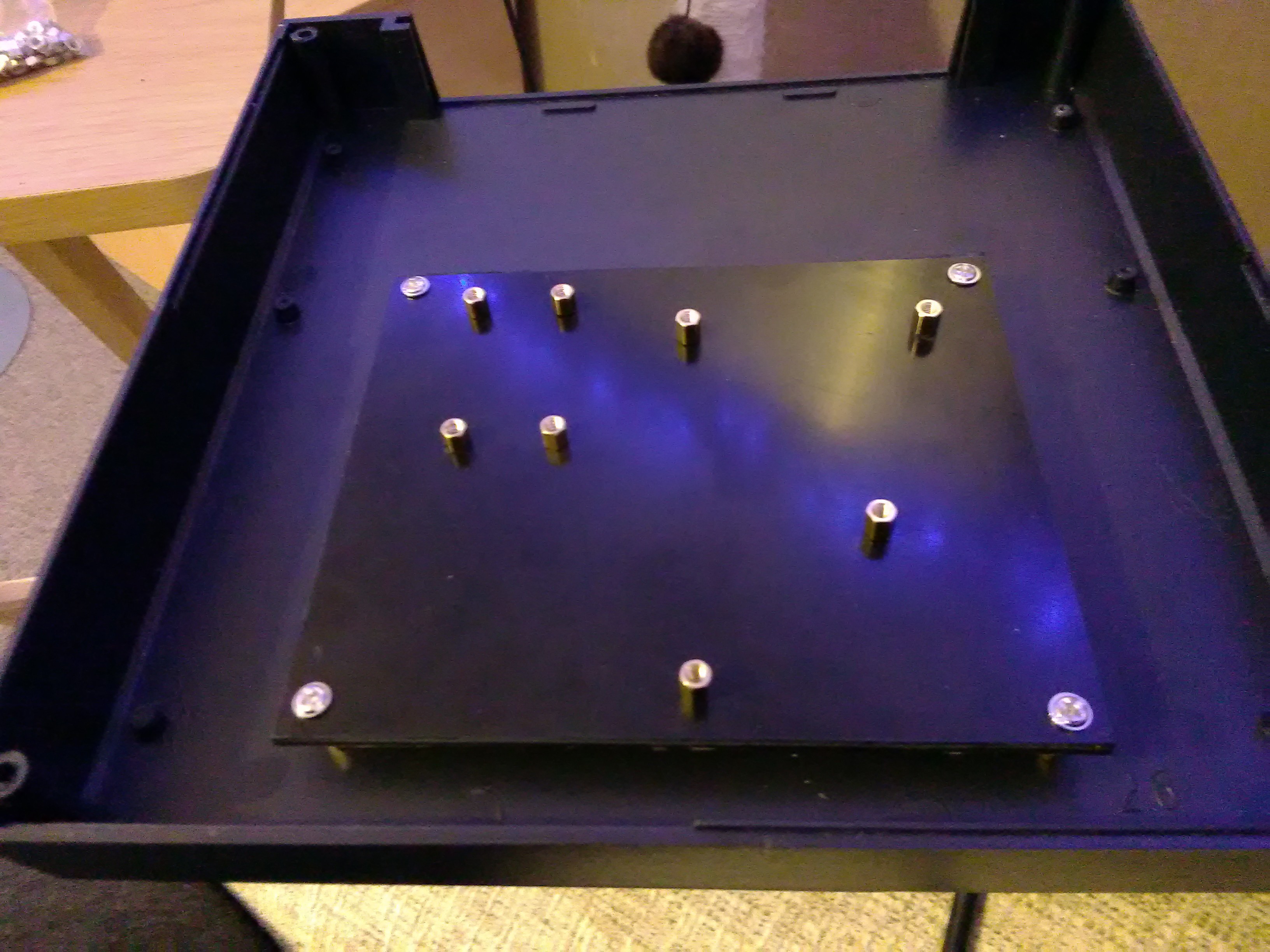






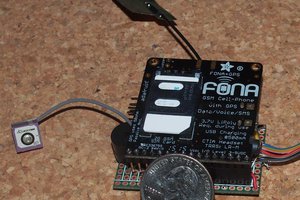
 Alpha Charlie
Alpha Charlie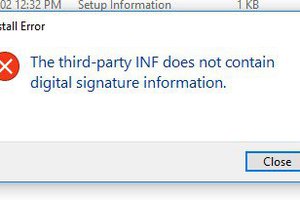
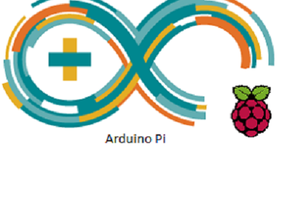
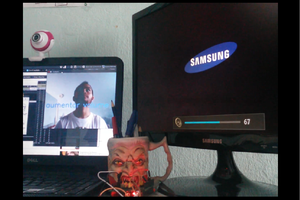
 Cassio Batista
Cassio Batista
How can we get/compile RunCPM 3.1 - ADCPC R2.0 with TinyBASIC?
"The underlying code (RunCPM and Tiny BASIC Plus) has been updated to the latest upstream versions (3.1 and 0.15 respectively)."